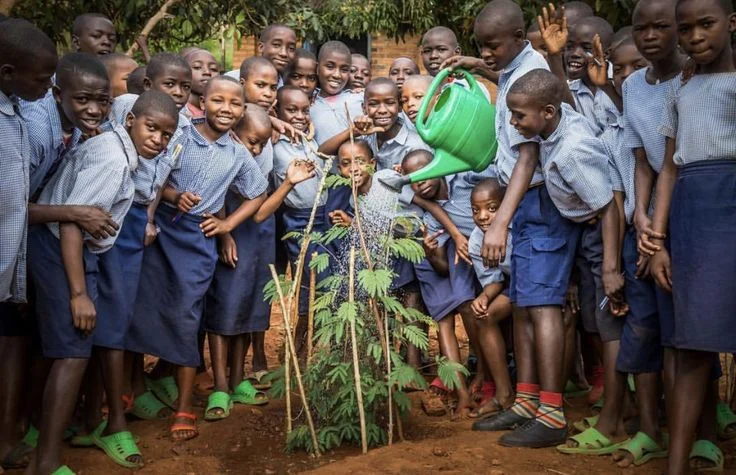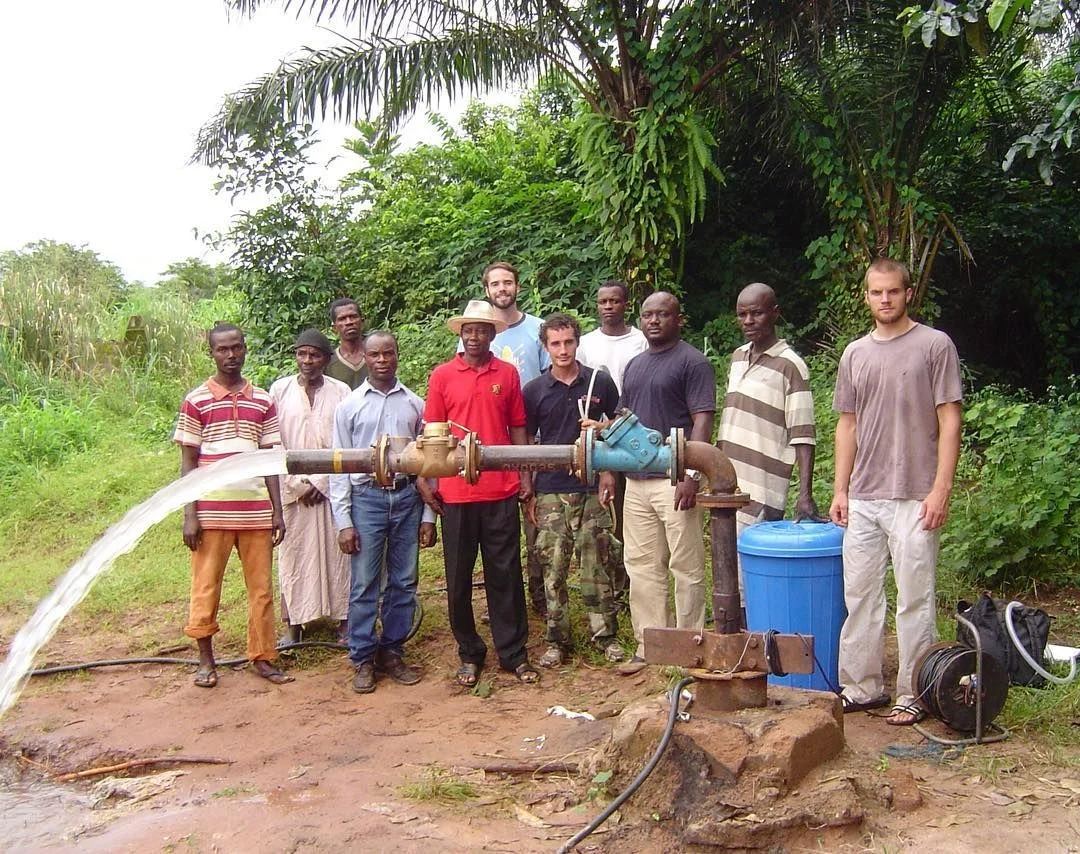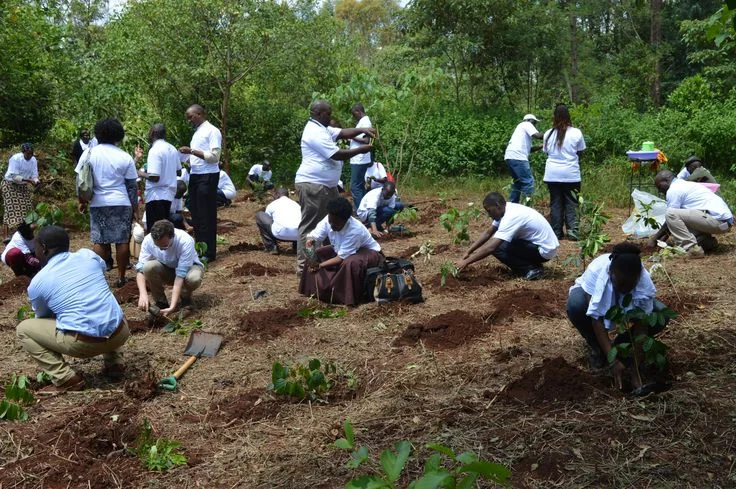Environmental conservation programs are no longer just about protecting forests, wildlife, and natural resources they are quietly reshaping how societies behave, organize, and define shared values. From community-led forest management in Kenya to coastal restoration programs in Indonesia, and youth eco-volunteerism in Latin America, these initiatives are influencing how people consume, govern, participate, and even relate to one another.
In many regions, especially within the Global South, conservation is not simply an environmental priority it is a social transformation tool. When communities become caretakers rather than passive beneficiaries of nature, a deeper cultural shift occurs behavior changes, norms realign, and collective identity becomes rooted in shared responsibility.
This is why environmental conservation programs are now viewed as powerful social engines they do more than protect land and water; they help societies re-learn stewardship, empathy, accountability, and intergenerational duty.
1. From Awareness to Daily Habit Change
The first and most visible impact of environmental conservation programs is their ability to shape individual habits. What begins as “awareness-raising” becomes lifestyle change reduced plastic use, responsible waste disposal, energy mindfulness, and support for eco-friendly practices.
When people participate in tree planting, recycling drives, clean-up campaigns, or watershed protection, they move from information to action. This is behavioral change the most difficult but most powerful form of social transformation.
Across Africa and Asia, schools now integrate conservation clubs; families adopt household-level environmental responsibility; and villages develop guidelines for shared land and water use. Over time, “environmental responsibility” becomes a community norm rather than a personal choice.
2. Strengthening Collective Identity and Community Pride
Successful environmental conservation programs turn communities from “users of nature” into “protectors of nature.” This strengthens shared identity.
When people collectively manage a forest, shoreline, wetland, or grazing area, the resource becomes a symbol of unity. Conservation is no longer a government policy it becomes a matter of pride, belonging, and communal dignity.
The Maasai in Tanzania, the Kayapo in Brazil, and grassroots water stewards in India are powerful examples: environmental protection is woven into daily community life, cultural values, and decision-making processes. The restored environment becomes a shared inheritance.
3. Building Shared Responsibility and Local Ownership
Environmental conservation programs also increase collective responsibility, shifting communities from being passive beneficiaries to active custodians of their own ecosystems.
People begin to understand that sustainability is not enforced by government regulations it is co-created through local participation.
This shared guardianship promotes:
- Accountability for illegal logging or land misuse
- Vigilance around water contamination or waste dumping
- Cooperative enforcement of local by-laws
- Community–wide decision making
In countries like Rwanda and Costa Rica, the success of green policies did not come from legislation alone it came from community ownership of conservation outcomes. When people see themselves as protectors, behavior shifts naturally and permanently
4. Strengthening Social Cohesion and Trust
Environmental conservation programs create opportunities for collaboration, dialogue, and mutual support, especially in regions where communities are divided along political, ethnic, or economic lines.
Shared environmental action reduces fragmentation by creating a neutral space one where people cooperate for a goal greater than themselves. Forest restoration committees, watershed cooperatives, wildlife conservancies, or communal recycling groups all bring people into the same decision-making circle.
Conservation becomes a social bridge it repairs strained relationships and builds trust through joint problem solving.
5. Rebuilding Cultural Connection to Land and Ancestral Knowledge
Many global communities especially indigenous groups hold centuries of ecological wisdom. Environmental conservation programs make space for this knowledge to resurface and be recognized as legitimate governance.
When elders, women, and youth become co-managers of land stewardship, cultural identity is restored alongside environmental protection.
Examples include:
- Indigenous fire management in Australia
- Sacred forest guardianship in Ghana and Benin
- Agroforestry revival in Peru and Ecuador
What seems like “modern conservation” is often ancient knowledge returning to public life as communal wisdom and culturally rooted values.
6. Inspiring Youth Leadership and Intergenerational Stewardship

One of the most transformative outcomes of environmental conservation programs is their impact on youth leadership.
Young people are not just beneficiaries they become drivers of sustainability.
Eco-clubs in schools, youth climate councils, urban agriculture groups, female-led conservation brigades, and student-led restoration campaigns have reshaped civic participation.
This creates a new form of citizenship one built not only on rights, but on stewardship and service. Conservation teaches responsibility to the future, not only to the present.
7. Enabling Peace, Climate Resilience, and Collective Long-Term Thinking

When people cooperate to protect natural resources, they also reduce conflict over land, grazing, water, and forest access.
Environmental peacebuilding is now recognised as a vital component of sustainable development.
Programs in West Africa have reduced communal clashes over grazing rights; coastal restoration in South-East Asia has saved livelihoods against erosion; and watershed committees in Nepal prevent disputes before they begin.
Conservation builds future-oriented thinking communities shift from short-term extraction to long-term resilience.
Environmental transformation is no longer only about policies or technology it is about people, and the shared values that guide their behavior.
Communities thrive when they are co-creators of their own environmental future. Stewardship is not taught in a classroom it is lived through practice, ownership, and belonging. Wherever environmental conservation programs empower people rather than instruct them, they leave behind something far more valuable than restored land: they rebuild social fabric.
And this is where organizations like Insight and Social add value not as service providers, but as partners in strengthening community agency, local voice, and evidence-driven environmental action.
Progress begins when people do not just comply with conservation they believe in it. Contact us today!





